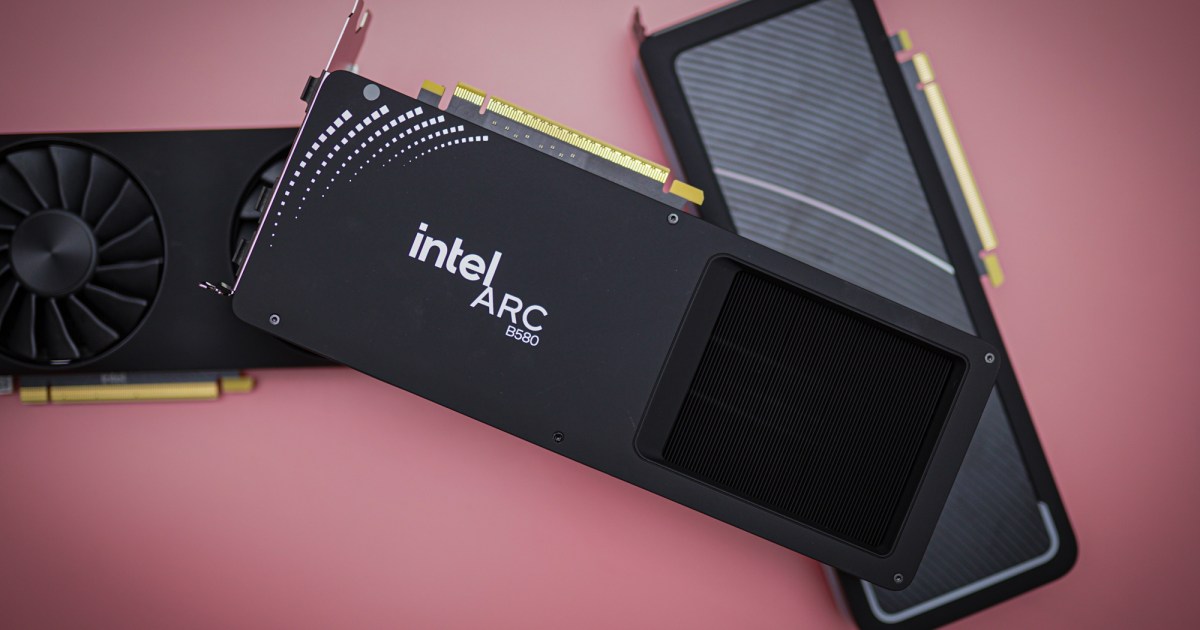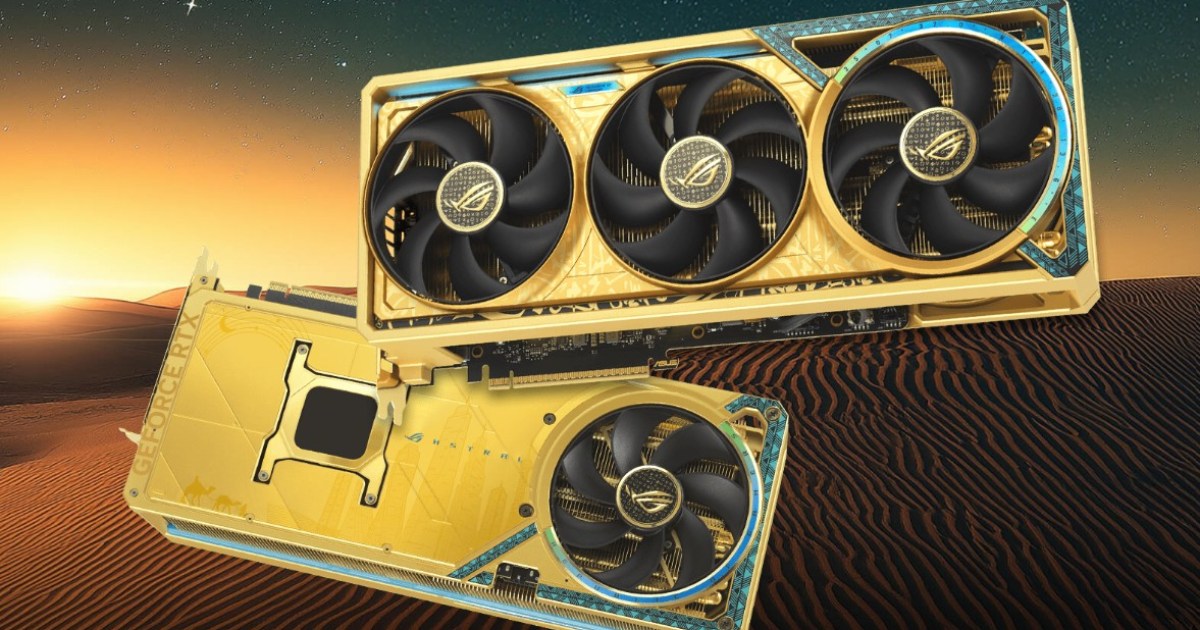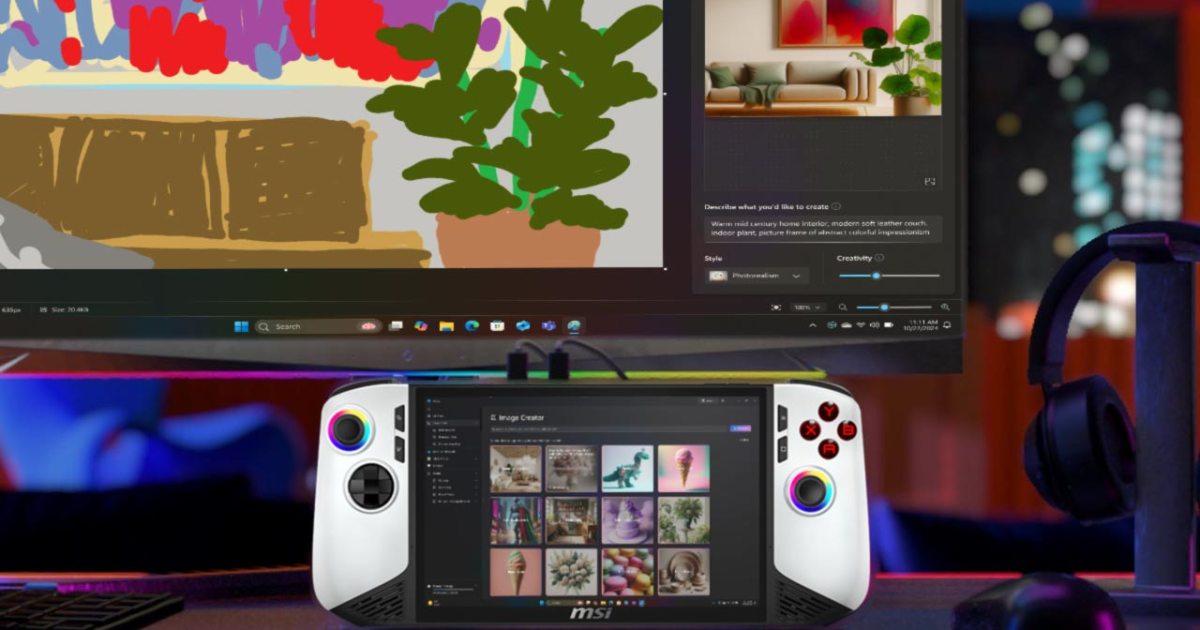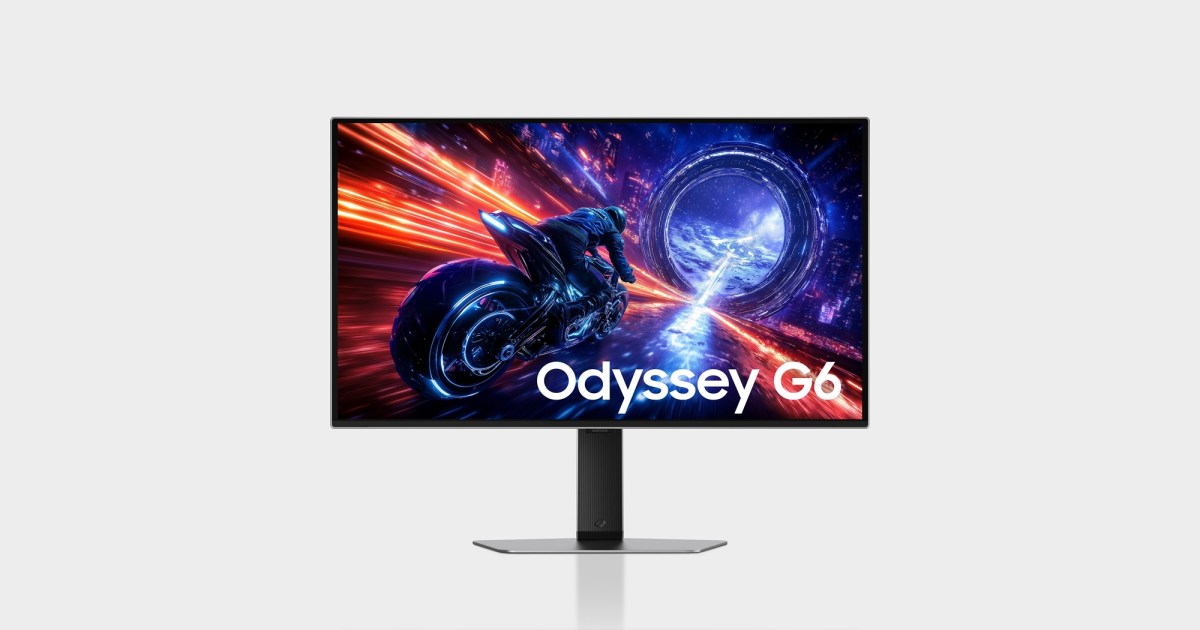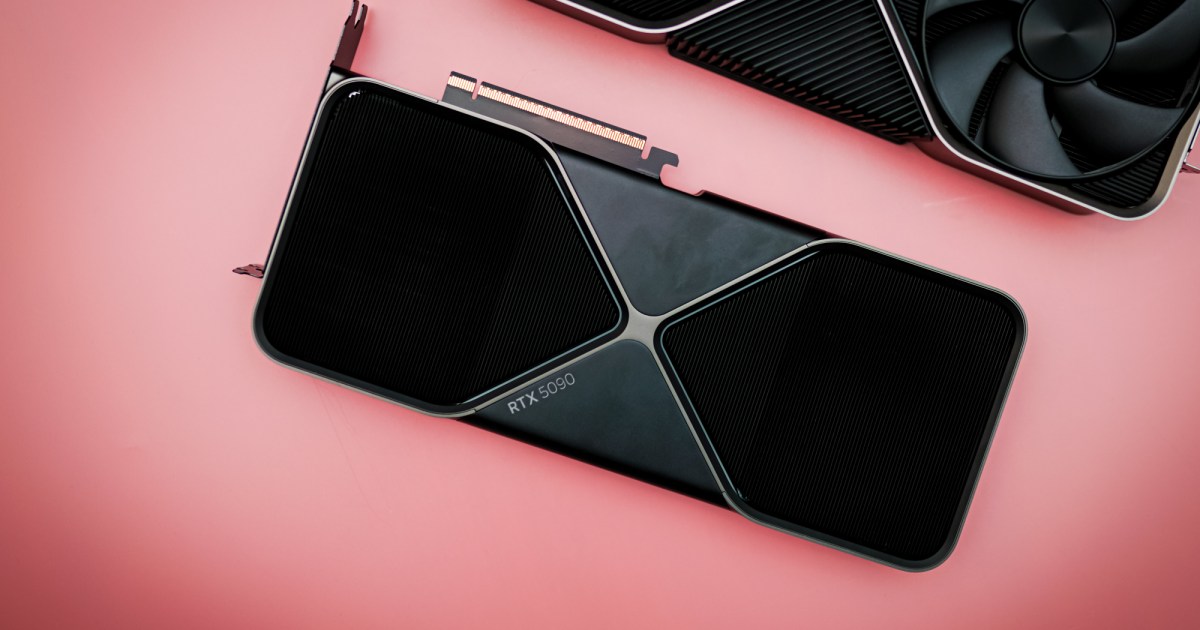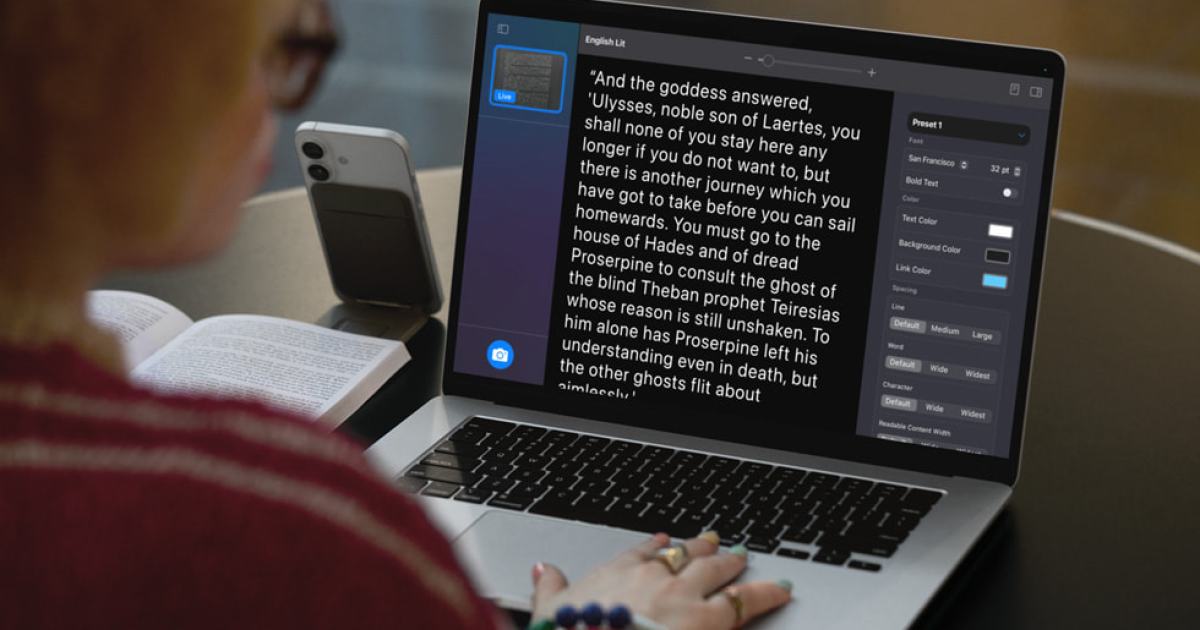Intel has discreetly ended support for its Deep Link technology, a suite of features designed to optimize performance between Intel CPUs and Arc GPUs. Confirmation of this discontinuation emerged not through an official announcement, but via a developer’s comment on a public GitHub thread. An Intel representative stated that Deep Link is “no longer actively maintained.”
The Rise and Fall of Deep Link
Introduced in 2020 alongside Intel’s foray into discrete graphics, Deep Link aimed to boost performance and efficiency for systems pairing 11th, 12th, or 13th generation Intel Core processors with Intel Arc GPUs. Key features included Dynamic Power Share, which dynamically allocated power between the CPU and GPU depending on workload; Hyper Encode, leveraging multiple engines for faster video encoding; and Stream Assist, designed to offload media processing to the GPU during live streaming.
Deep Link targeted performance improvements in applications like OBS Studio, DaVinci Resolve, and HandBrake. However, users frequently reported difficulties in enabling and utilizing these features effectively. The GitHub thread that ultimately confirmed Deep Link’s demise originated from a user unable to activate Stream Assist with OBS on a system with a new Arc A750 GPU and a 13th Gen Intel Core processor. After a month without a solution, Intel acknowledged the cessation of software development for Deep Link.
Challenges and Limited Adoption
Problems with Deep Link were not limited to newer hardware. Users of earlier Alchemist GPUs experienced similar issues, hinting at underlying technical challenges across different generations. The technology’s limited adoption, combined with the high demands for validation and the lack of support for newer platforms like Meteor Lake, likely led Intel to conclude that Deep Link was too niche to warrant further investment.
Intel confirmed that while Deep Link functionality might still be present on existing systems, no further updates or bug fixes will be released. This quiet discontinuation suggests the technology failed to achieve significant impact, despite Intel’s initial aspirations for tighter CPU and GPU integration.
Focusing on the Future
The end of Deep Link could signal a shift in Intel’s strategy as it prepares for its next-generation Battlemage and Celestial GPUs. The company might be streamlining its efforts to concentrate on more impactful technologies.
Whether similar integrated performance-enhancing technologies will resurface in future Intel platforms remains to be seen. For now, Deep Link joins a growing list of quietly retired software initiatives as Intel continues to navigate the competitive GPU landscape.
Conclusion
The discontinuation of Deep Link marks the end of an era for Intel’s integrated CPU and GPU collaboration technology. While promising in concept, Deep Link faced challenges in implementation and adoption. Looking ahead, Intel’s focus appears to be shifting towards its next generation of discrete GPUs, leaving the future of similar integrated technologies uncertain.



